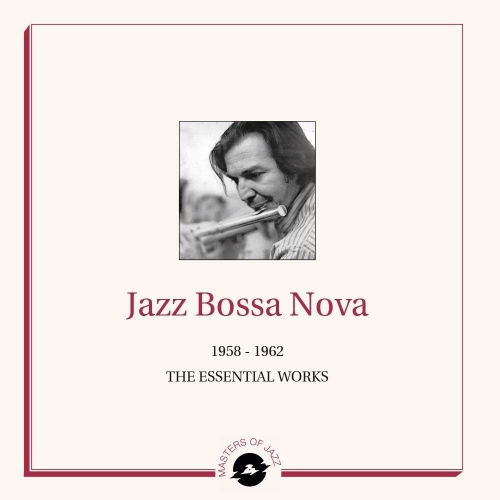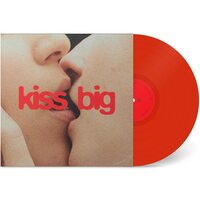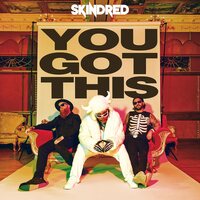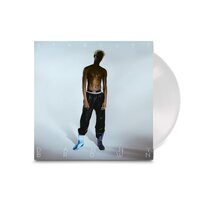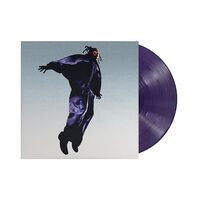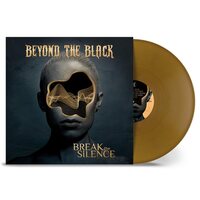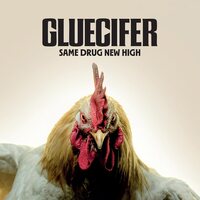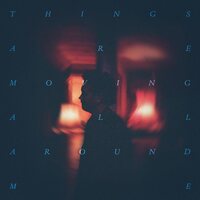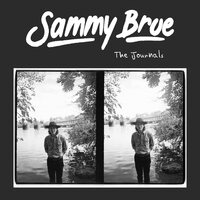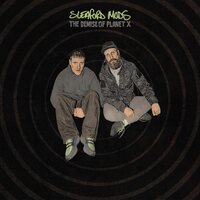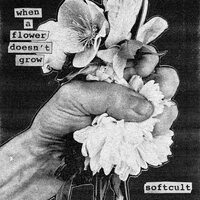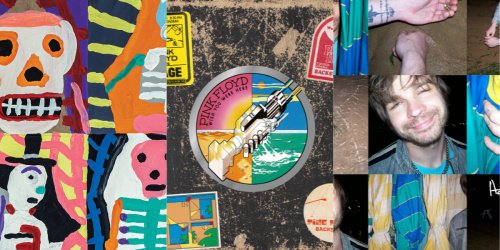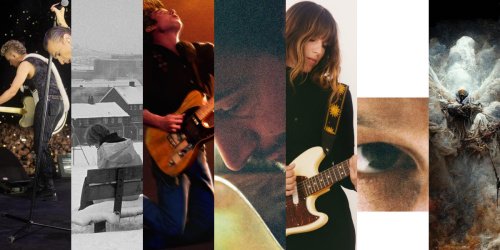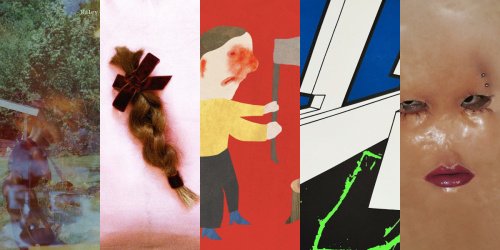At the end of the Fifties, Antonio Carlos Jobim, Vinicius de Moraes and João Gilberto breathed a new sensitivity into the atmosphere of Rio de Janeiro: they introduced samba rhythms into the city's tristeza and felicidade. A new kind of music was born, one that bore a relationship to spleen, a kind of moody feeling, yet it showed glimmers of hope that mingled with a 'cool' spirit relying on syncopated and relaxed rhythms. New winds began to blow over the music of Brazil. All that was needed were a few albums from Rio (such as Chega de Saudade by Joao Gilberto), the film Orfeo Negro directed by Marcel Camus (it received the Palme d'Or Award at the 1959 Cannes Film Festival), plus the curiosity of a dozen American jazz musicians, for Bossa Nova to become a music style that would completely dominate the first half of the Sixties. The sincerity of Brazil's music, of course, seemed eclipsed inside American arrangements whose subtleties were still hesitant in 1962, but the contribution of Bossa Nova to the jazz of that period could not be ignored. Jazz owes it's richness to the vitality of the exchanges between it's musicians, even if some people saw the Bossa Nova played in New York as taking a too northerly direction, or being too 'American'. But listening to these four sides ? recorded in the space of just four years ? reveals how much those exchanges made jazz music even richer.
Release date:
August 14, 2020
Label:
Install our app to receive notifications when new upcoming releases are added.

Recommended equipment and accessories
-

Edifier R1280DB Powered Speakers
Combining classic design with modern Bluetooth connectivity, built-in amplification and versatile inputs, these speakers deliver rich, balanced sound.
-

Nobsound Little Bear T7 Tube Preamp
Delivers rich, warm audio through its high-quality vacuum tubes, featuring multiple inputs and adjustable gain
-

Vinyl Care - Top Picks
A selection of accesories to keep your turntable equipment & vinyl records in the best shape
-

Ortofon 2M Blue Premounted
Mounted on the SH-4 Black Headshell, this setup delivers exceptional clarity, dynamic range, and accurate sound reproduction.
-
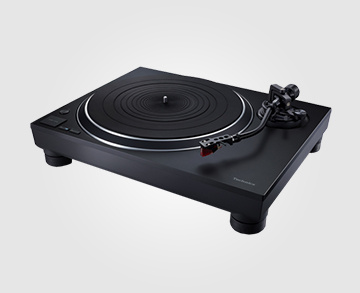
Technics SL-1500C Turntable
Features a direct-drive motor, a high-precision tonearm, and a premium MM cartridge, delivering exceptional sound quality
Featured Upcoming Vinyl
-

Ailbhe Reddy Kiss Big
Don Giovanni
January 30, 2026 -

Skindred You Got This
Earache Records
April 17, 2026 -

Danny Brown Stardust [2xLP]
Warp Records
February 20, 2026 -

MAVI The Pilot (Dark Purple)
Loma Vista Recordings
March 27, 2026 -

Beyond The Black Break The Silence (Gold)
Nuclear Blast
January 9, 2026 -

Testament Para Bellum (Transparent Orange) [2xLP]
Nuclear Blast
April 10, 2026 -

Gluecifer Same Drug New High
Steamhammer
January 16, 2026 -

Ebba Åsman When You Know
Dorado
January 9, 2026 -

Henry Grace Things Are Moving All Around Me
At Last
January 30, 2026 -

Sammy Brue The Journals (Turquoise)
Bloodshot
January 23, 2026 -

Sleaford Mods The Demise of Planet X
Rough Trade
January 16, 2026 -

Softcult When A Flower Doesn't Grow
Easy Life Records Ltd
January 30, 2026 -

Textures Genotype
Kscope
January 23, 2026 -

Sick Joy More Forever (Red)
Sick Joy
January 30, 2026
